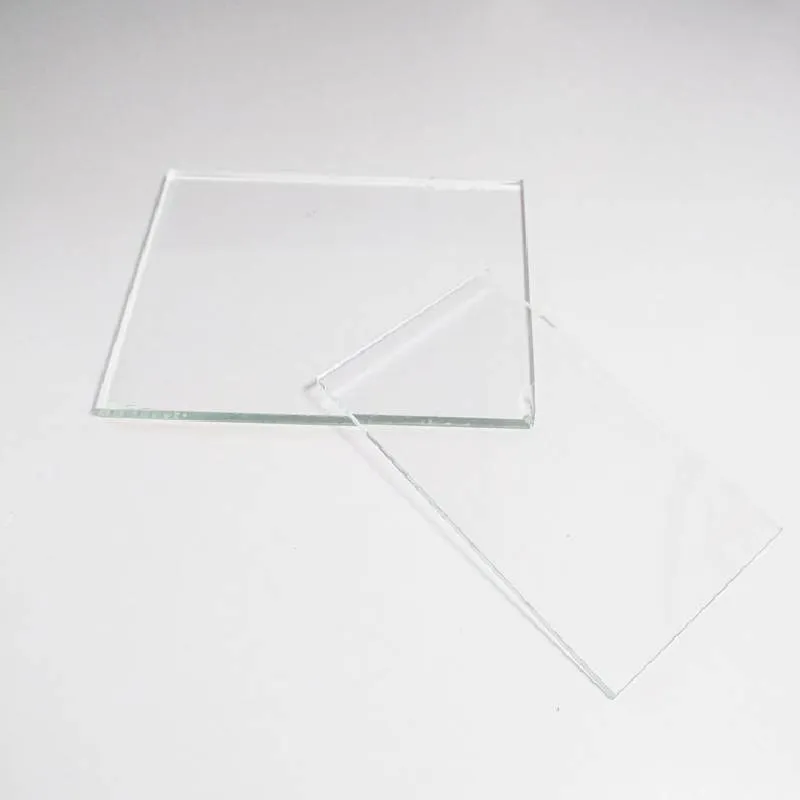What is Glazing in Architecture?
Glazing in architecture refers to the use of glass in building facades, windows, and other architectural features. This practice not only serves aesthetic purposes but also offers functional benefits that enhance the overall performance of a structure. The integration of glass into architectural design has evolved significantly over the years, driven by advancements in technology, design trends, and a growing awareness of energy efficiency.
What is Glazing in Architecture?
Furthermore, glazing contributes to the modern aesthetic of many buildings. Large expanses of glass can create a seamless connection between indoor and outdoor spaces, fostering a sense of transparency and openness. This trend is particularly popular in contemporary architecture, where firms seek to break down the barriers between environments. Glass facades can also reflect the surrounding landscape, creating visual continuity and harmony between the built environment and nature.
what is glazing in architecture
However, the use of glass in architecture is not without its challenges. Energy efficiency is a significant concern, as traditional glazing can lead to excessive heat loss in winter and heat gain in summer. To address this, architects and engineers utilize various types of glazing technologies, including double or triple glazing, Low-E coatings, and insulated frames. These innovations significantly improve thermal performance and help in achieving compliance with sustainability standards.
Another aspect of glazing to consider is safety. While glass can enhance a building’s aesthetic appeal, it must meet safety regulations to protect occupants. This often involves using tempered or laminated glass, which is designed to resist breakage and minimize injury in case of impact. Additionally, advancements in smart glazing technology allow for adjustments in transparency and heat control, contributing to both safety and energy efficiency.
In conclusion, glazing plays a crucial role in modern architecture by blending form with function. Through thoughtful design and innovative technologies, architects can create buildings that are not only visually striking but also energy-efficient and safe. As sustainable practices continue to shape the future of architecture, glazing will undoubtedly remain a key element in achieving harmonious and functional designs.
 Afrikaans
Afrikaans  Albanian
Albanian  Amharic
Amharic  Arabic
Arabic  Armenian
Armenian  Azerbaijani
Azerbaijani  Basque
Basque  Belarusian
Belarusian  Bengali
Bengali  Bosnian
Bosnian  Bulgarian
Bulgarian  Catalan
Catalan  Cebuano
Cebuano  Corsican
Corsican  Croatian
Croatian  Czech
Czech  Danish
Danish  Dutch
Dutch  English
English  Esperanto
Esperanto  Estonian
Estonian  Finnish
Finnish  French
French  Frisian
Frisian  Galician
Galician  Georgian
Georgian  German
German  Greek
Greek  Gujarati
Gujarati  Haitian Creole
Haitian Creole  hausa
hausa  hawaiian
hawaiian  Hebrew
Hebrew  Hindi
Hindi  Miao
Miao  Hungarian
Hungarian  Icelandic
Icelandic  igbo
igbo  Indonesian
Indonesian  irish
irish  Italian
Italian  Japanese
Japanese  Javanese
Javanese  Kannada
Kannada  kazakh
kazakh  Khmer
Khmer  Rwandese
Rwandese  Korean
Korean  Kurdish
Kurdish  Kyrgyz
Kyrgyz  Lao
Lao  Latin
Latin  Latvian
Latvian  Lithuanian
Lithuanian  Luxembourgish
Luxembourgish  Macedonian
Macedonian  Malgashi
Malgashi  Malay
Malay  Malayalam
Malayalam  Maltese
Maltese  Maori
Maori  Marathi
Marathi  Mongolian
Mongolian  Myanmar
Myanmar  Nepali
Nepali  Norwegian
Norwegian  Norwegian
Norwegian  Occitan
Occitan  Pashto
Pashto  Persian
Persian  Polish
Polish  Portuguese
Portuguese  Punjabi
Punjabi  Romanian
Romanian  Russian
Russian  Samoan
Samoan  Scottish Gaelic
Scottish Gaelic  Serbian
Serbian  Sesotho
Sesotho  Shona
Shona  Sindhi
Sindhi  Sinhala
Sinhala  Slovak
Slovak  Slovenian
Slovenian  Somali
Somali  Spanish
Spanish  Sundanese
Sundanese  Swahili
Swahili  Swedish
Swedish  Tagalog
Tagalog  Tajik
Tajik  Tamil
Tamil  Tatar
Tatar  Telugu
Telugu  Thai
Thai  Turkish
Turkish  Turkmen
Turkmen  Ukrainian
Ukrainian  Urdu
Urdu  Uighur
Uighur  Uzbek
Uzbek  Vietnamese
Vietnamese  Welsh
Welsh  Bantu
Bantu  Yiddish
Yiddish  Yoruba
Yoruba  Zulu
Zulu 

